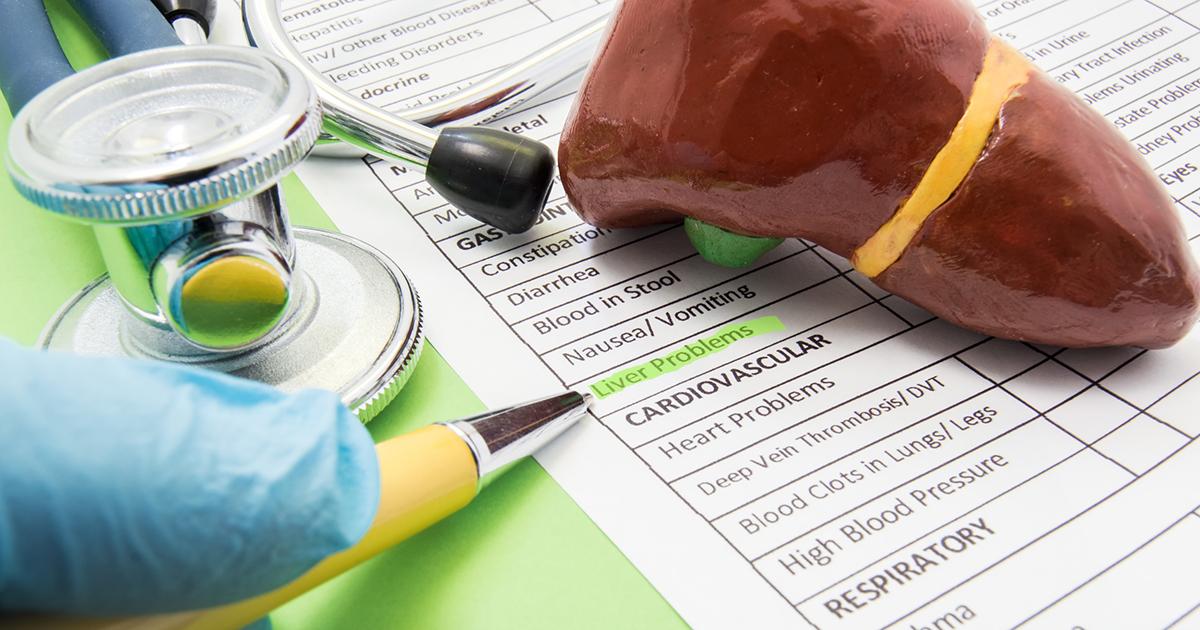Cirrhosis Of The Liver: Symptoms And Causes
Budd-Chiari Syndrome

Budd-Chiari syndrome occurs when there are blood clots located in the hepatic vein, which is the blood vessel that carries oxygen, nutrients, and blood from the liver. Budd-Chiari syndrome does not allow the liver to drain properly, resulting in collateral vessels, an enlarged liver, and eventually cirrhosis. Although the condition is rare, it is incurable and potentially lethal, according to a 2007 study published in the World Journal of Gastroenterology. Women who use oral contraception are at an increased risk of developing this condition.
Other Conditions

Other conditions that may contribute to cirrhosis include cystic fibrosis; primary sclerosing cholangitis, or hardening and scarring of the bile ducts; biliary atresia, or poorly formed bile ducts in newborns; schistosomiasis, a parasite found in developing countries; and glycogen storage disease, or problems with cellular energy release, storage, and function. Galactosemia, or the inability to digest the proteins found in cow's milk, may also cause cirrhosis of the liver.
These conditions all present with a variety of symptoms and have their own specialized treatments. In all cases, however, it is crucial to receive effective and efficient treatment to minimize the development of cirrhosis.
